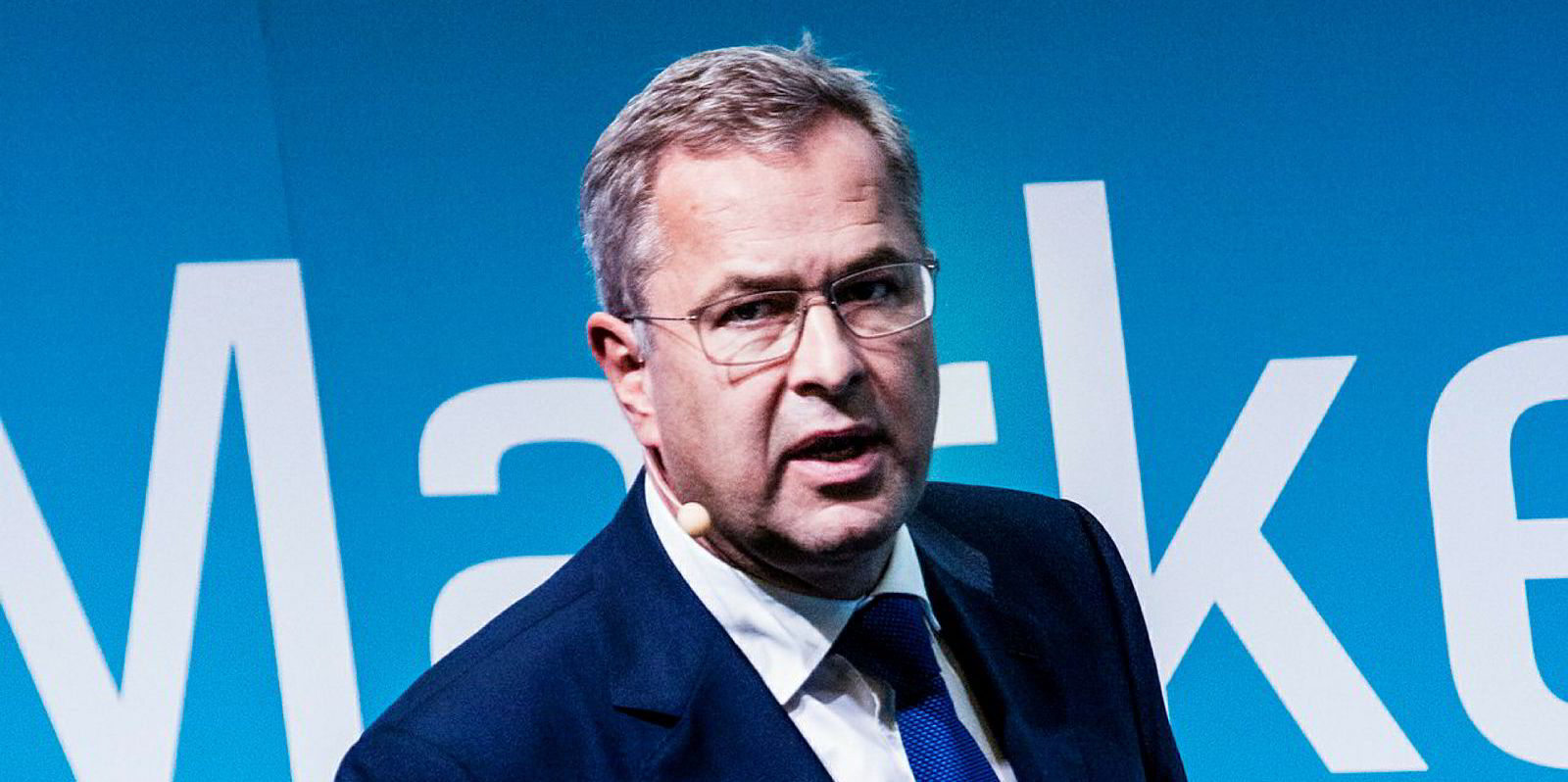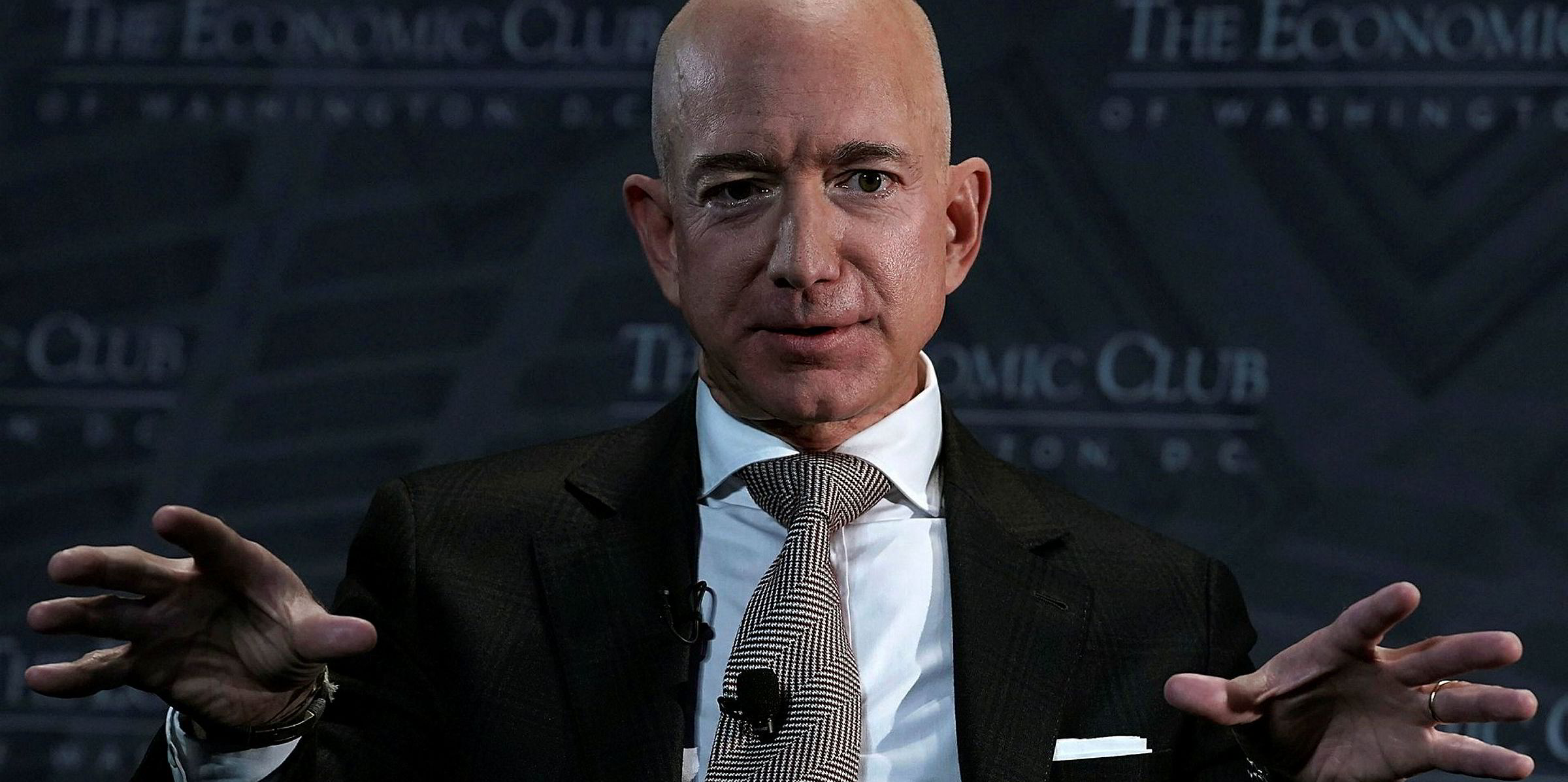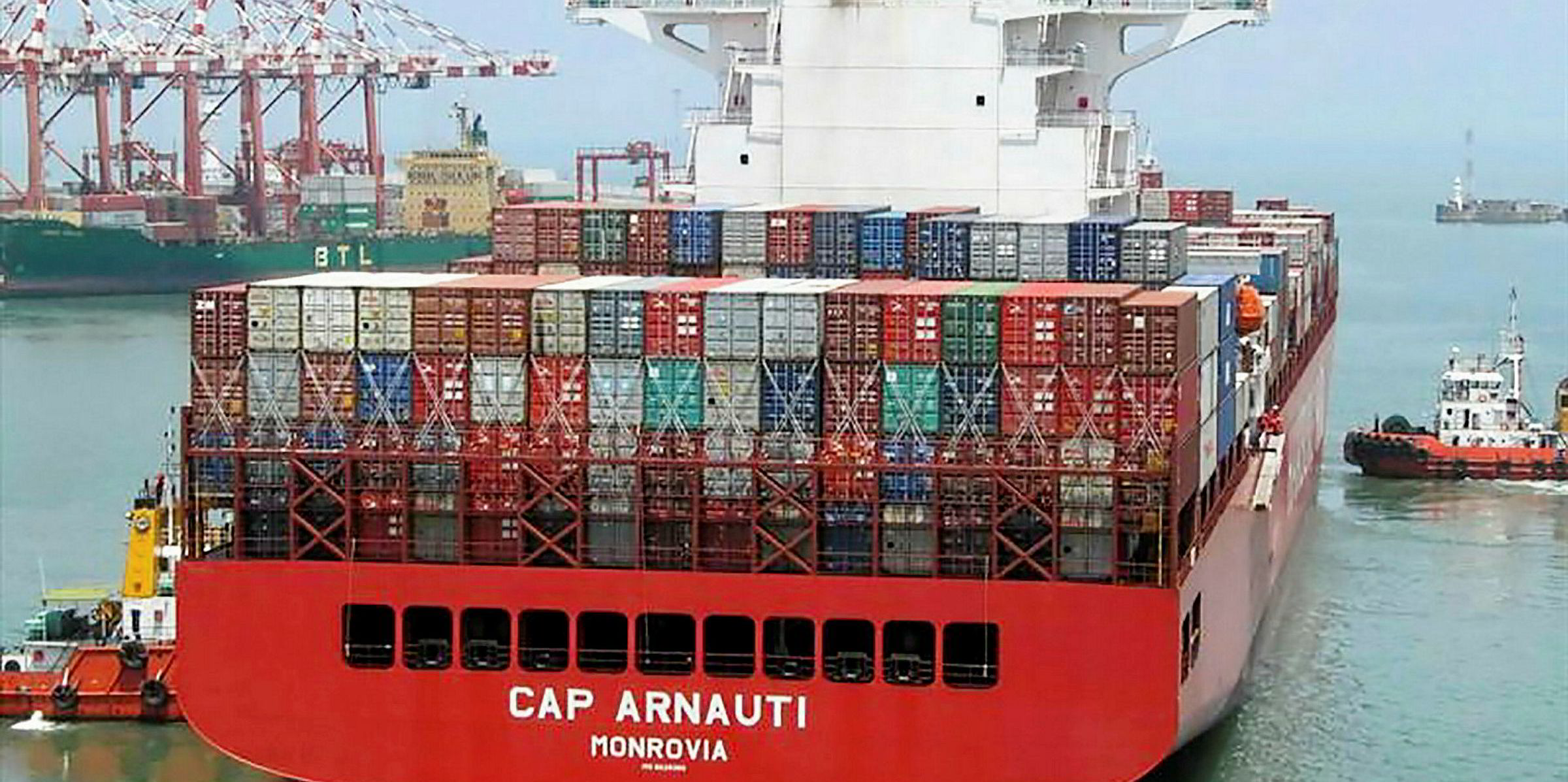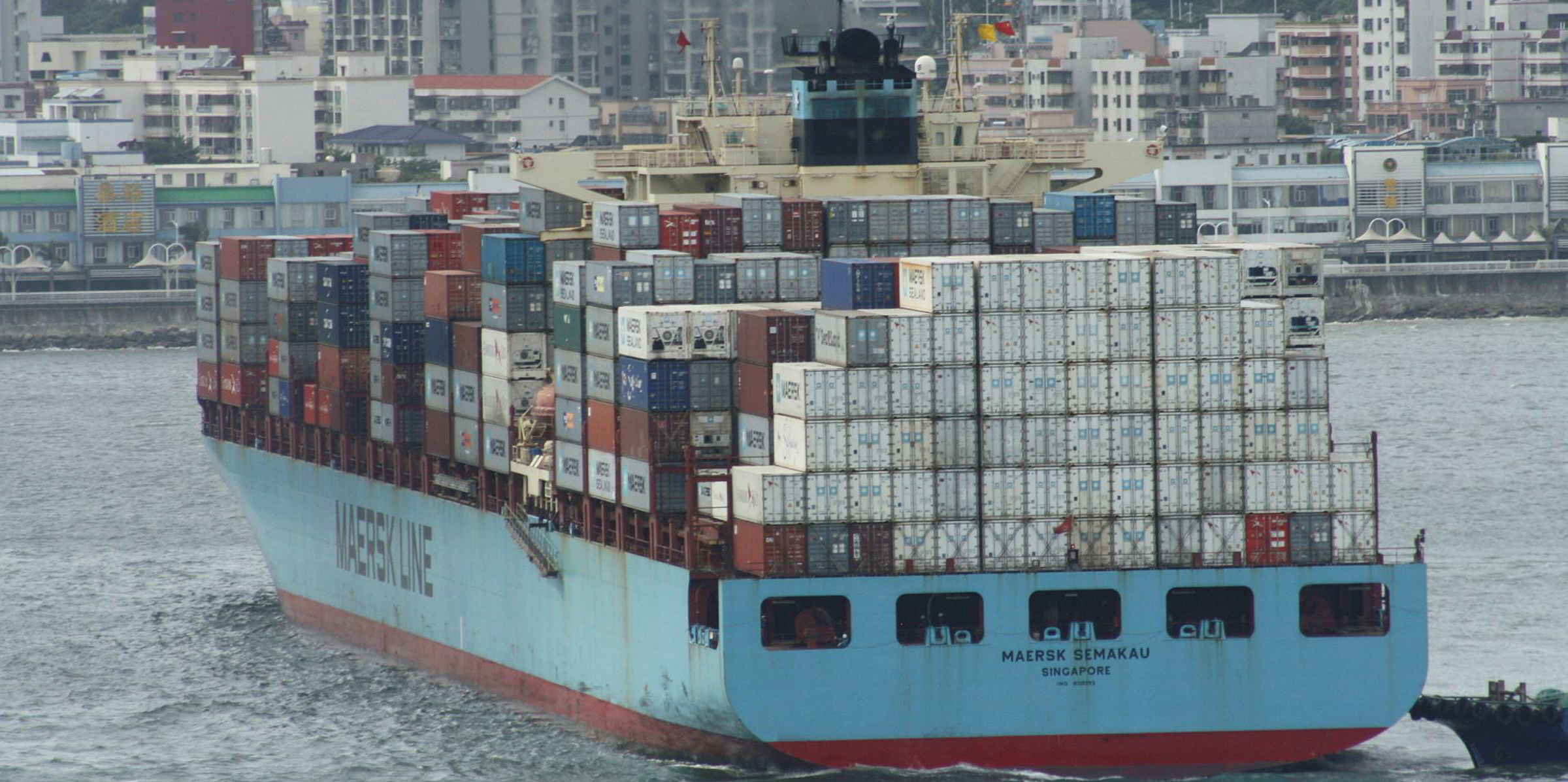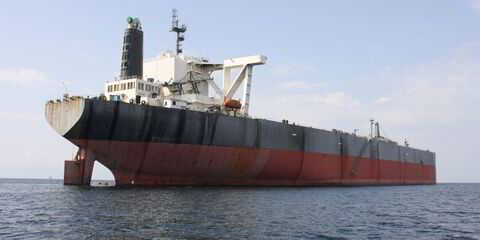AP Moller-Maersk chief executive Soren Skou believes container lines have learned the lessons of a previous crisis and have changed tack during the Covid-19 pandemic.
A decade ago, lines were focused on winning market share. Now they have their sights trained on making money.
"In 2009, the thinking in Maersk and the whole industry was if you had a network you would have to keep sailing it and fill it up at all cost," Skou told an earnings webcast for the Danish shipping giant.
"That approach has completely changed."
Maersk's new method emulates courier express and parcel delivery services such as FedEx and UPS.
“There they are not sitting and discussing how many aeroplanes are in a network,” Skou said. “They deploy the flights when there’s demand and, when there’s not, they don’t.”
"That's really what we've been doing in this crisis. That will be our approach going forward.
"Since it has worked so well for us, why should we change it?"
Look in the toolbox
Maersk is forecasting Ebitda earnings of $6bn to $7bn this year.
One tool it is using to achieve this goal is capacity management.
The Danish liner operator blanked about 160 sailings in the second quarter alone. This helped it align a decline in capacity with the decline demand.
The number of cancelled sailings peaked in April when about 20% of capacity was removed from liner trades.
But Maersk has begun to redeploy ships as volumes have started to increase.
"We are reinstating capacity and are probably 95% back to where we started before the pandemic," Skou said.
"We have plenty of opportunity to adjust back down again if we need to."
Digital growth
Another change is the growing use of digital technology by shippers.
This is seen in the growing uptake of Maersk Spot, a digital portal launched a year ago to capture the growing volumes of container shipments being booked online.
In the second quarter, Maersk Spot grew to handle 41% of spot bookings, up from 25% in the first quarter.
But Skou believes this figure is likely to approach 100% in the coming years.
He argues that online booking portals will be "table stakes" in the liner industry in the next two to three years.
The digital booking system reduces costs and the number of no-show containers.
“A customer making a booking has to show up or pay a penalty,” Skou said. “That makes it simpler for us to plan.”
Structural change
Skou believes the new approach has been made possible by "structural change" in the liner sector.
Larger alliances — such as that formed by Maersk with its 2M partner, Mediterranean Shipping Co — have created bigger networks.
"The fact we have a bigger network makes it much simpler to take capacity out," Skou said.
"If you operate two services from Asia, it's a huge decision to take out one string, because you cannot cover all the ports. If you are offering 13 or 14, then it's quite a simple proposition."
This marks a shift in business philosophy.
"In 2009, we went after market share," Skou said. "This time we say very clearly — and the pandemic has strengthened our resolve — that we wanted to focus on profitability."
This is reflected in a lower orderbook that has retained the Maersk fleet at about 4m teu over the past four years.
Recovering volumes
Skou expects volumes to recover in the coming months.
But that will depend on the reaction to the pandemic with the potential for local lockdowns.
The initial signs are positive in the US, where the market for container imports has rebounded very strongly.
"We, today, have more capacity in the Pacific serving the US than we had last year to cater to a demand that’s up five to 10% year on year," Skou said.
The position remains difficult in other regions, with the South American market worst hit as volumes slipped 25%.
This highlights what some see as the precariousness of capacity management by liner operators.
No sailings were blanked on the Asia to US West Coast trade lane in the week ending 15 August, according to Sea-Intelligence.
This tipped the balance in favour of shippers, as freight rates fell $405 to $2,325 per 40-foot equivalent unit.
“The sharp decline is testament to the knives-edge balance, where just a little too much capacity being reintroduced brings spot freight rates sharply down,” Peter Sand, Bimco’s chief shipping analyst, said.(Copyright)
